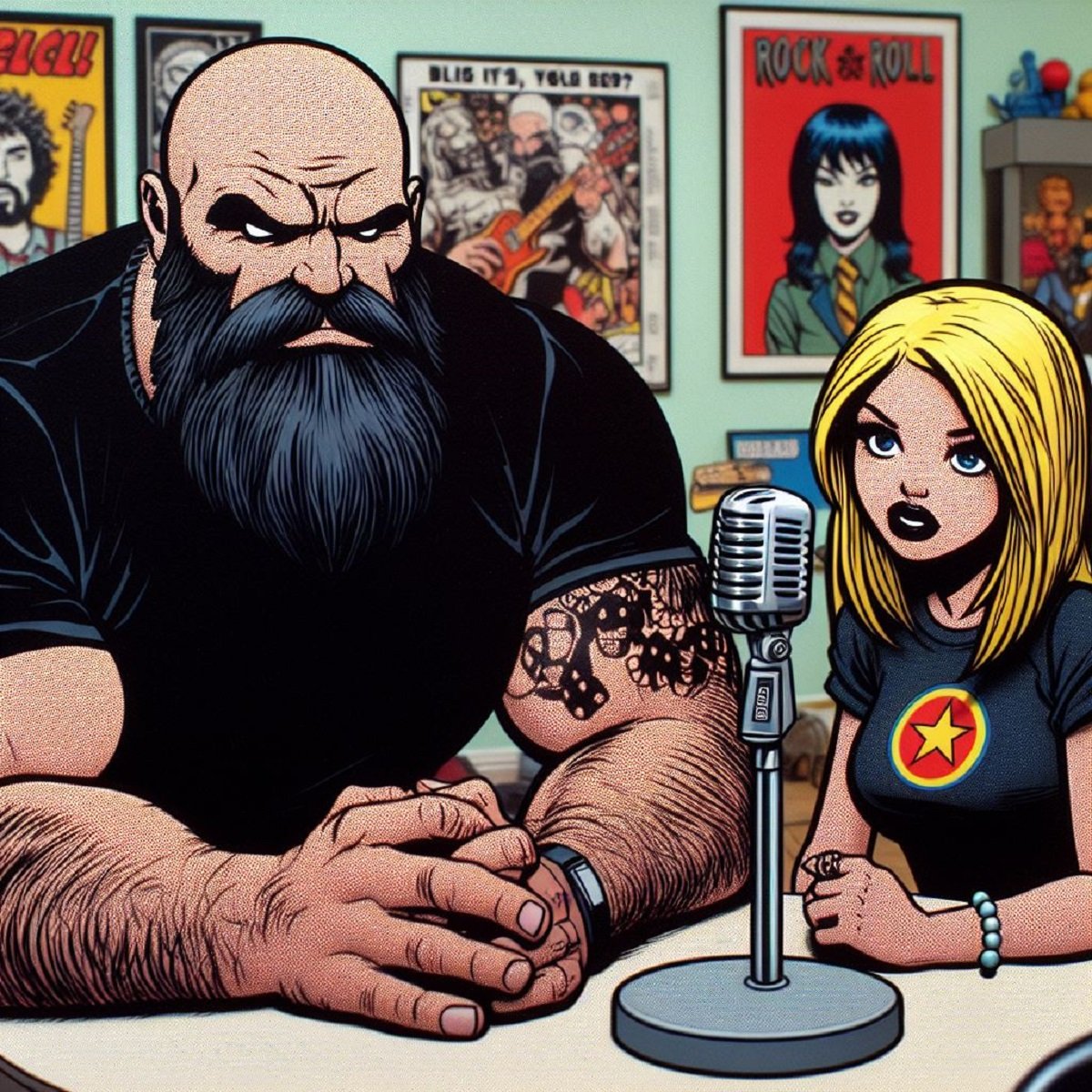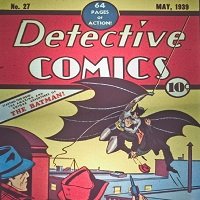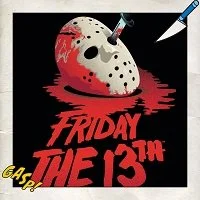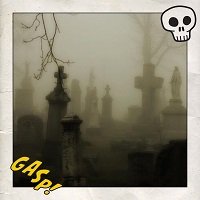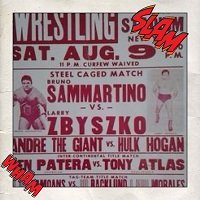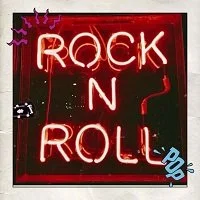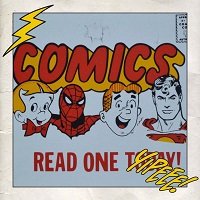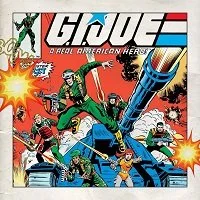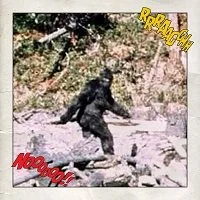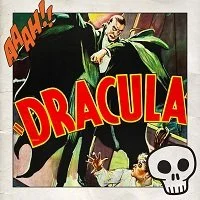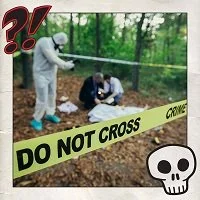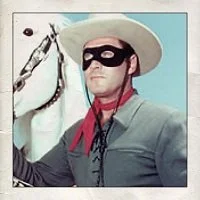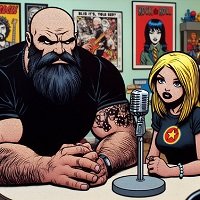Celebrating the Rich and Colorful Heritage of Lucha Libre.
By: Karl Stern (@dragonkingkarl, @wiwcool, karl@whenitwascool.com)
Lucha Libre and mexican action movie legend El Santo.
I became a fan of American professional wrestling in the late 1970's into the early 1980's. While I saw bits and pieces of wrestling in the 1970's, my most vivid memories come from around 1982 watching Ron Fuller's NWA Southeastern Championship Wrestling show every Saturday morning being broadcast out of a television station in Birmingham, Alabama.
Soon afterward, I was hooked on pro wrestling. I watched it religiously every week and soon discovered that I could watch other wrestling promotions too. CWA Memphis wrestling out of a television station in Tupelo, Mississippi, WWF Wrestling out of a Huntsville, Alabama station and many others soon followed including the NWA, Mid-South (UWF), and World Class Championship Wrestling.
As I became a bigger and bigger fan of professional wrestling, I also began picking up the plethora of pro wrestling news stand magazines like Pro Wrestling Illustrated, The Wrestler, Inside Wrestling, Wrestling Revue, and so forth. The Senior Editor and photographer for many of these magazines was Bill Apter. As it so happened, Bill Apter's favorite wrestler was Mexican wrestling star Mil Mascaras. Mil Mascaras was a huge star in the Mexican world of Lucha Libre. While I wasn't able to see Mil Mascaras wrestle (he didn't appear on any of the shows I could get on television) his colorful masks and outfits reminded me of the comic book characters I was also passionate about.
Pictured above: Mil Mascaras. Download this free audio podcast from Karl Stern about the history of Mil Mascaras.
I had already became a fan of masked wrestlers in general. One wrestler in the Southeastern Championship Wrestling area also reminded me of a super hero- Mr. Olympia (Jerry Stubbs). There were many others as well. While not as colorful, Mr. Wrestling II (Johnny Walker) was a big star in the southern United States. Memphis wrestling often trotted out masked wrestlers on their program. Combine the mask with a high flying wrestling style and I was hooked.
As I grew older, I became more aware of lucha libre where high flying masked wrestlers were the norm rather than the exception. I found out Mil Mascaras had two masked wrestling brothers- Dos Caras and El Sicodelico. Moreover, there were two other really big mega-stars of lucha libre that had performed a few years before I started watching regularly- El Santo and the Blue Demon.
Pictured above: Blue Demon, El Santo, and Mil Mascaras. Download this free audio biography podcast about the career of El Santo.
By my late teens and early twenties, my interest in pro wrestling dwindled. I would occasionally check back in with the stars of my childhood but early 1990's wrestling in the United States was often a forgettable mess. My passion for wrestling grew again by the mid-1990's when Hulk Hogan came to WCW for fresh matches, WWF began pushing more edgy storylines with less childish characters, and a cult company called ECW began appearing on the radar. It was also the era of the satellite dish.
Now I had regular access to Galavision, Univision, and other Spanish speaking stations which regularly broadcast lucha libre into the United States. I rediscovered wrestling again through the color and acrobatics of luchadores like Atlantis, Lizmark, La Parka, Vampiro, Konnan, Canek, and the son of El Santo - El Hijo del Santo.
Pictured above: Canek. Download this free audio biography podcast about the career of El Canek.
As the internet grew and video channels like YouTube became more prolific, I discovered the great Lucha Libre action flicks, many of which, featured El Santo, Blue Demon, and Mil Mascaras. As an adult I was fortunate enough to visit Mexico a few times and pick up several lucha masks and toys as well.
Lucha Underground also published a short lived comic book series featuring rey misterio (Jr.).
Today, in 2017, there is no shortage of ways to access lucha libre. YouTube, online streaming services, you can order virtually all the great lucha libre masks on eBay and other online sellers, and many of the lucha movies have been released in various formats. There is even a somewhat Americanized lucha libre promotion called Lucha Underground which is now available on demand on Netflix.
If you are a fan of comic books or of pro wrestling (or both) then you owe it to yourself to take a look at the colorful and exciting world of lucha libre. If you are a lapsed fan of pro wrestling you too may want to consider lucha libre with it's rich history, ceremony, and excitement.
If you enjoyed the above audio podcast biographies then you can get another by becoming a Patreon supporter at the $5 level. Hear the story of another Lucha Libre legend and star of lucha action movies Huracan Ramirez as an entry level Patreon supporter.
If you found this article interesting consider becoming a Patreon supporter. That is how When It Was Cool keeps our website and podcasts online, plus you get lots of bonus content including extra and extended podcasts, articles, digital comics, ebooks, and much more. Check out our Patreon Page to see what's up!
If you don't want to use Patreon but still want to support When It Was Cool then how about a one time $5 PayPal donation? Each donation helps keep our content online. Thank you!
